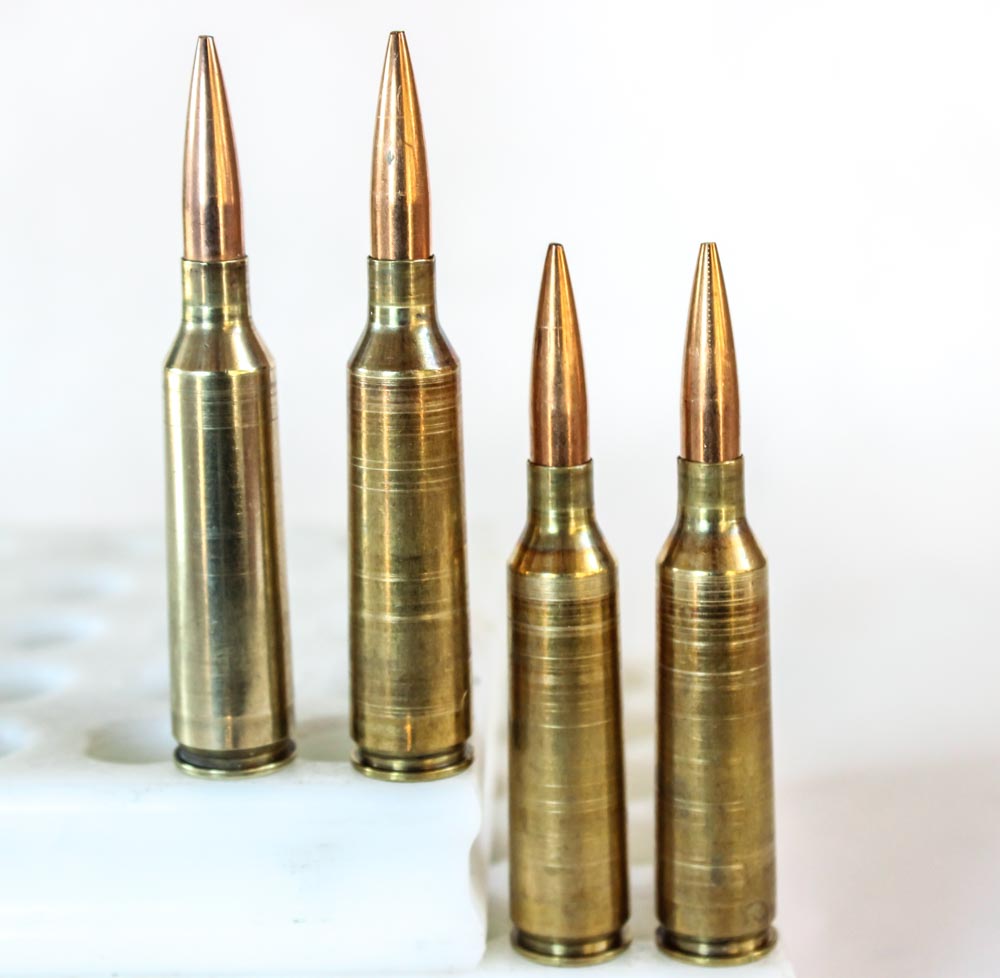In nearly 30 years of using them, I’ve found protector point projectiles to be deadly and accurate, with a host of good characteristics suited to small and large calibres.
The protector point projectile is one that carries its lead core right to the tip of the external case, even if the shape of the nose may vary.

I discovered protector point projectiles after being introduced to bullet maker Gary Little in 1994, and although I started ordering his conventional projectiles, his protector points soon became the design of choice.
Woodleigh is another well-regarded Australian bullet maker known for its protector point design.
It’s not a new idea. Remington released its Core-Lokt design in 1939. The design of the jacket and lead core locked one into the other, and the lead core was carried to the tip of the projectile.
Remington advertised it as the deadliest mushroom in the woods. It soon had an enviable record.

Being a controlled-expansion type of projectile, the lead core may or may not be bonded to the outer jacket.
Woodleigh bonds them but Gary Little does not attempt to lock the core and jacket together; he merely carries the lead within the jacket to the fine tip.
The first protector points I used were in .224 caliber for use in the .22/250 Remington cartridge. I’m still using them decades later, and the range of calibres has increased.
I quickly gained the impression that they were just a touch better than the traditional soft point. In addition to being accurate in all calibers, they appear to kill cleanly.

While the design may be more useful in larger cartridges, I found it worked very well in smaller calibers as well.
Due to their design, protector point projectiles have a high ballistic coefficient.
Number two son quickly hopped on the bandwagon and ordered some 55-grain protector points for his .220 Swift.
For an independent assessment, I provided some samples to a mate who is an ex-professional kangaroo shooter; he was impressed with both the accuracy and performance of the 55-grainer in .22-250.
I’ve use the protector point in about a dozen different calibres, up to and including a 162gn 7mm offering that shoots under an inch for three shots.
My latest use is a 115gn model propelled out of a .257 Roberts Ackley Improved; groups are all sub-MOA.
A similar-weight projectile in a .243 Ackley Improved produces groups in the ½-inch range.
With the extensive number of good rifle projectiles available, it can sometimes become a difficult choice, but it is a good bet that a protector point bullet will do the job you want.

0 Comments